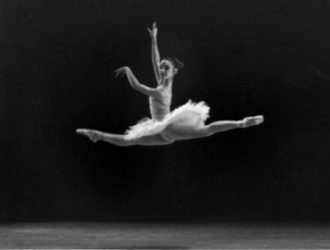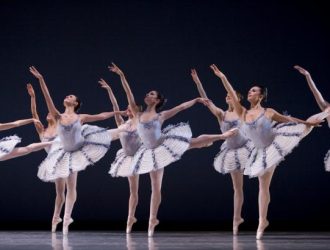Entrechats
Entrechat is a classical ballet term meaning “interweaving” or “braiding.”
Overview#
It describes when a dancer jumps into the air and beats their legs by changing the position of their legs and feet to the front or back of each other. This beating action with the legs could be described as looking “braided” since each leg crosses over the other for each beat.
The term entrechat is never used on its own, but with another term and number to desribe the type of jump and the number beats. It can also simply be used with a number which simply means jumping from fifth, beating your legs the number of times, then landing again in fifth.
Sometimes the number of beats can be confusing from what you see a dancer perform. For example, an entrechat quatre (four) says to “beat the legs 4 times.” This would have the dancer, who is starting with the right foot front in fifth, jump then beat the right foot back and to the front again to land in fifth. To most, this may only look like two beats. However, each leg is counted toward the number. Since an entrechat quatre beats four times and you’re using both legs, each leg is beating twice, and that is done twice to equal 4. (2 legs x 2 beats = 4).
This is the same for all even numbers. Any entrachat with an odd number would jump off two feet and land on one. For example, an entrechat trois (3) would mean “beaten 3 times.” So now the dancer would jump off two legs, beat once with both legs, then once more but land on one foot. Since the dancer is landing on one foot, the beat is thought to have happened just once.



